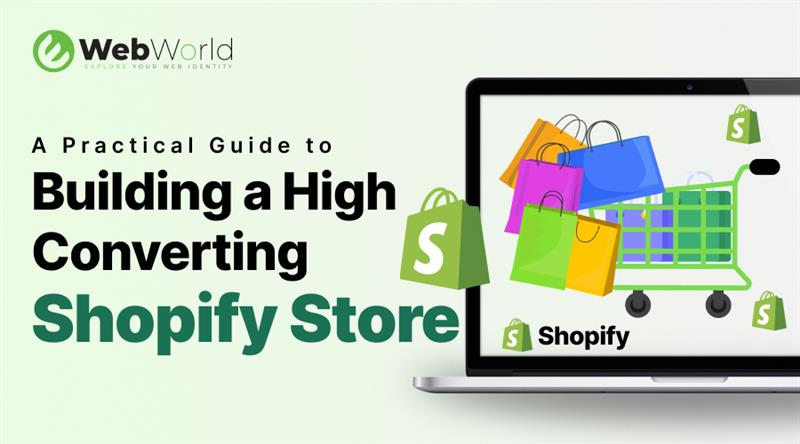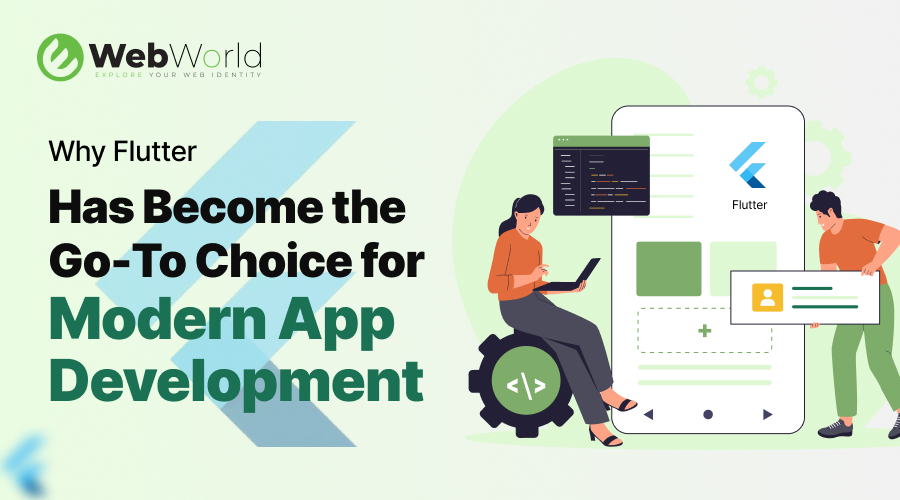Why Flutter is the Ultimate Choice for Building Your Food Delivery App

In today’s fast-paced world, food delivery apps have become an indispensable part of our lives, offering convenience and culinary delights at our fingertips. If you’re considering venturing into the realm of food delivery app development, choosing the right technology stack is crucial. Among the myriad of options available, Flutter stands out as an exceptional choice for crafting seamless and feature-rich food delivery applications. In this comprehensive guide, we’ll delve into why Flutter is the ultimate solution for building your food delivery app.
Understanding the Food Delivery Landscape:
- Explore the booming market of food delivery apps and its potential for growth.
- Analyze the key features and functionalities expected by users in a food delivery app.
- Highlight the importance of user experience and performance in retaining customers.
Introduction to Flutter:
- Provide an overview of Flutter, Google’s open-source UI toolkit for building natively compiled applications for mobile, web, and desktop.
- Discuss Flutter’s advantages such as hot reload, expressive UI, and single codebase for multiple platforms.
- Showcase successful apps built with Flutter to exemplify its capabilities.
The Benefits of Flutter for Food Delivery Apps:
- Discuss how Flutter’s hot reload feature accelerates the development process, allowing for rapid prototyping and iteration.
- Explore Flutter’s rich set of customizable widgets, enabling developers to create visually stunning and engaging interfaces tailored to the food delivery domain.
- Highlight Flutter’s performance optimization and native-like performance, crucial for delivering a smooth and responsive user experience.
Cross-Platform Compatibility:
- Emphasize Flutter’s ability to target multiple platforms with a single codebase, thereby reducing development time and effort.
- Discuss strategies for ensuring consistent UI/UX across different devices and operating systems.
- Showcase real-world examples of successful cross-platform food delivery apps built with Flutter.
Seamless Integration with Backend Services:
- Explore Flutter’s compatibility with various backend technologies such as Firebase, GraphQL, and RESTful APIs.
- Discuss best practices for integrating backend services to handle user authentication, order management, and real-time updates.
- Provide code snippets and tutorials for implementing backend functionality in a Flutter food delivery app.
Enhancing User Experience with Flutter:
- Examine how Flutter’s animation and gesture recognition capabilities can elevate the user experience in a food delivery app.
- Discuss the importance of intuitive navigation, interactive elements, and personalized recommendations in driving user engagement and satisfaction.
- Showcase innovative UI/UX designs and interactions achievable with Flutter.
Optimizing Performance and Scalability:
- Explore techniques for optimizing app performance and minimizing resource usage in Flutter apps.
- Discuss strategies for handling large datasets, optimizing network requests, and caching data for offline usage.
- Highlight scalability considerations for accommodating growing user bases and increasing transaction volumes.
Security Considerations:
- Address security concerns related to handling sensitive user data, payment information, and transaction processing in a food delivery app.
- Discuss best practices for implementing encryption, authentication, and authorization mechanisms in Flutter apps.
- Provide guidance on securing backend APIs and implementing robust user authentication flows.
Testing and Quality Assurance:
- Discuss the importance of testing in ensuring the reliability, functionality, and performance of a Flutter food delivery app.
- Explore different testing methodologies such as unit testing, widget testing, and integration testing in the context of Flutter app development.
- Showcase testing frameworks and tools available for Flutter, along with best practices for test automation and continuous integration.
Case Studies and Success Stories:
- Present case studies of successful food delivery apps built with Flutter, highlighting their unique features, challenges, and achievements.
- Interview industry experts and developers to gain insights into their experiences with Flutter app development for the food delivery sector.
- Showcase metrics and performance indicators demonstrating the success and impact of Flutter-powered food delivery apps in the market.
As the demand for food delivery services continues to soar, investing in a robust and user-friendly app is imperative for staying competitive in the market. With its unparalleled combination of performance, flexibility, and cross-platform compatibility, Flutter emerges as the ultimate choice for building next-generation food delivery apps. Flutter developers can harness its power to create immersive culinary experiences that delight users and drive business growth in the dynamic food delivery landscape.












